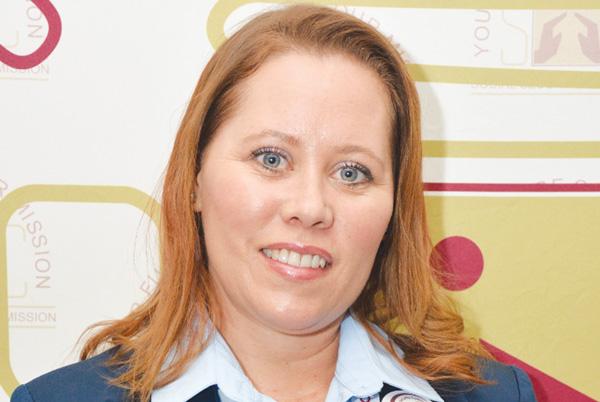
In Africa, poor children face malnutrition while rich children become obese – study

A group of researchers have uncovered that higher numbers of malnourished children suffering from stunting and wasting are found in poorer households, while more overweight children live in the richest homes, in East and Southern Africa.
In a study released by the University of Birmingham on 3 May, published in PLOS Global Public Health, it is shown that the phenomenon is East and Southern Africa is the reverse of highly developed countries, where a higher prevalence of child overweight and obesity in children is typically found in lower socio-economic groups. They further uncovered the magnitude of socio-economic and urban-rural inequalities in the population-level double burden of malnourished among under-fives in the region.
“The researchers are now calling for an integrated approach in the region to tackling the ‘double burden’ of child malnutrition, the coexistence of child over nutrition, overweight and obesity, alongside under nutrition, stunting and wasting,” they added.
The study focussed on 13 out of 17 priority countries, as defined by the World Health Organisation which are Comoros, Eswatini, Kenya, Lesotho, Malawi, Mozambique, Namibia, Rwanda, South Africa, Tanzania, Uganda, Zambia and Zimbabwe.
“Stunting prevalence ranged from 22.3% in Namibia to 42.8% in Mozambique, whilst wasting prevalence varied from 2.3% in Rwanda to 11.7% in Comoros. Overweight prevalence including obesity ranged from 3.7% in Tanzania to 13.5% in South Africa.”
Co-author Semira Manaseki-Holland said the presence of a double burden of malnutrition reflects the region’s ongoing challenges with poverty, food insecurity, infectious diseases, droughts, floods and conflicts as well as the presence of the obesogenic environment driven by globalisation and rapid urbanisation.
“Our findings re-emphasise the need for an integrated approach to tackling the population level double burden, with policy makers targetting specific populations that are vulnerable to child malnutrition, to avoid further widening of socio-economic an urban rural inequalities,” added Manaseki-Holland.
She further stated that the aftermath of the COVID-19 pandemic, coupled with surging oil and food prices are likely to be a time of worsening socio-economic conditions and reduced public spending.
“Policy makers seeking to address the double burden of malnutrition need to make careful decisions regarding the targetting of limited resources,” she said.
Co-author Rishi Caleyachetty, from the University of Warwick said that addressing these inequalities requires strategies that address why certain subgroups became more exposed to nutritional problems. “Equality is vital to avoid strategies that solve one nutrition problem while worsening another,” added Caleyachetty.
They recommend that beneficiaries of supplementary food programmes should not be selected solely on socio-economic status, but on nutritional assessment and monitored for changing needs and true effectiveness.
“The region is off track to achieve the UN Sustainable Development Goal 2 to end all forms of hunger and malnutrition by 2023 and WHO considers the double burden of child malnutrition as a major global health challenge for African countries, particularly in East and Southern Africa.”











































